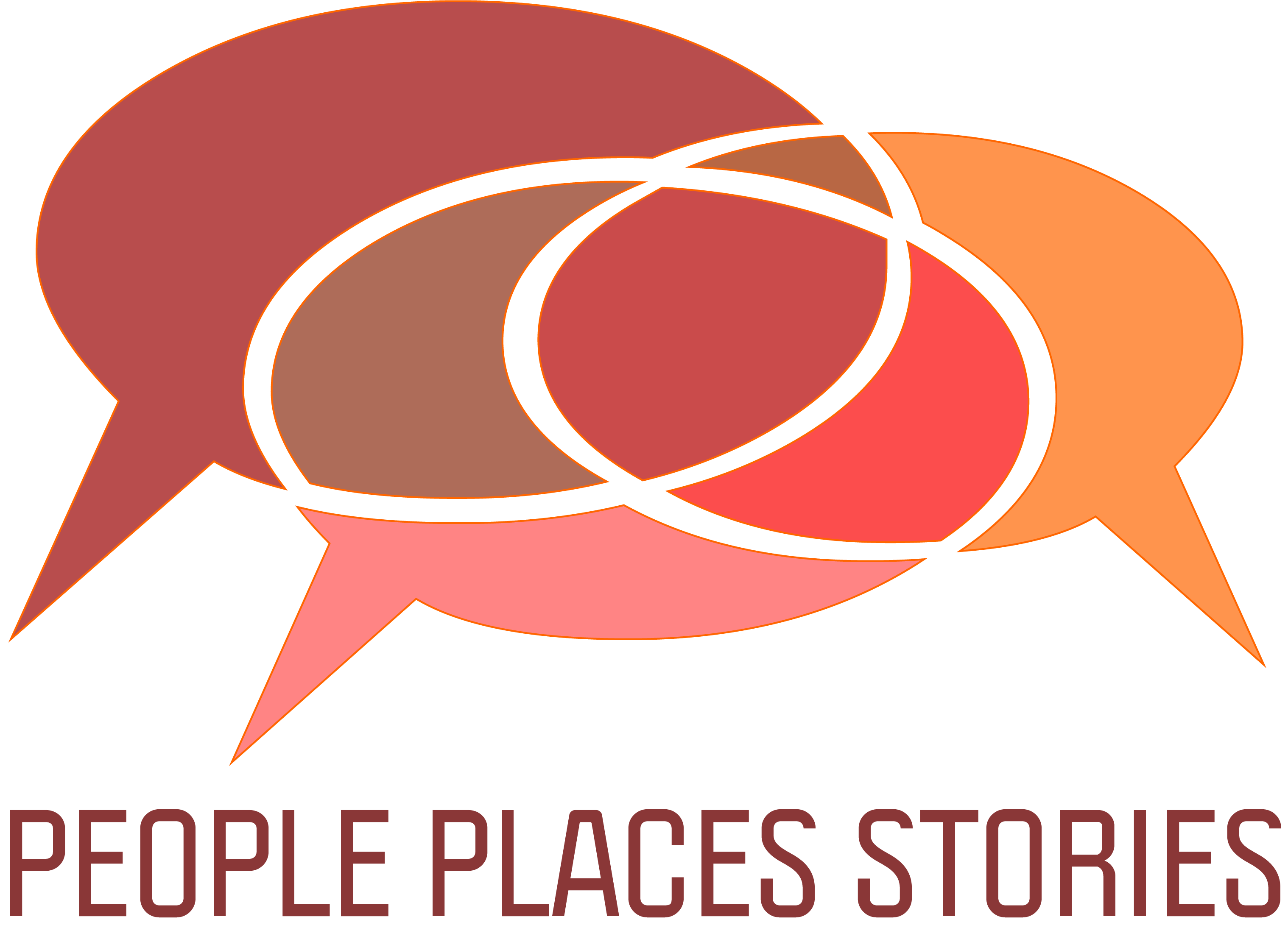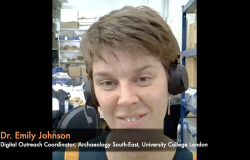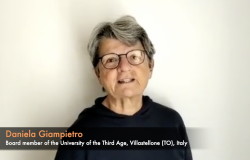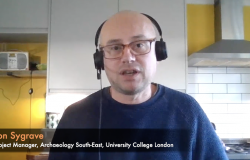Stage 1. Identify the Community
Heritage communities may exist or be formed in many different contexts and so it follows that there are different scenarios for action. There is heritage that is urban or rural, heritage that is strongly natural or cultural, more tangible, or more intangible. The approach used by this PPS partnership has been to build community building scenarios from the perspective of a heritage community’s context. In relation to the heritage people value, and according to the various uses they wish to make of it, we have formed three scenarios:
- Community of place
- Community of interest
- Community of practice
Heritage Community Development Toolkit
- Community of Place
-
Community of Interest
- Community of Practice
- Stage 1 @ the House Mill
- Learning Materials
- Additional Resources
Community of place
This is a group of people living in a defined area (neighbourhood, district, town, village), bringing people together because of the place they share; where they live, work or relax.
In this context, there may or may not (yet) be an ‘explicit’ heritage asset or common interest binding the community members; they simply ‘occupy’ the same location with no clear preconceived shared interest or heritage.
This community building scenario might start with the identification of heritage, cultural mapping, value identification, stakeholder identification, stakeholder engagement, project and action management, communication
examples
Ief Postino is an awareness-raising project addressing the history of migration in Europe, specifically between the Belgian province of Limburg and Italy. The project has used traditional communication methods to revive the links between the communities in both countries. Its basis in the human experience of migration is one that is as relevant today as it has been over the past 70 years. Letters were exchanged from Belgium to Italy and vice-versa, hand-delivered via a typically Italian, three-wheeled Piaggio Ape.
Community of interest
This is a group of people who share an interest or practice but with no clear reference to tradition or heritage. This group is not necessarily linked to one location (can even be virtual). This community building scenario might start with a process to identify values and stakeholders, stakeholder engagement, project and action management, communication
examples
Maintenance of mine sweeper De Naarden
“The sea cadet corps is a Dutch association of sea cadets. It has as its mission to motivate and enthuse young people for working in the nautical sector. It brings young people together. It restores old vessels such as pilot boats, mine sweepers. These ships are kept afloat and sailing. They sail during nautical events; the attract tourists and are seen as sailing heritage.” – Bart Escher, chairman of the Sea Cadet Association
Collaborative project on immaterial heritage and cultural diversity (lullabies)
Community of practice
This is a group of people sharing a (traditional) practice recognised by the participants as part of their cultural heritage. This community building scenario might start with stakeholder identification, stakeholder engagement, project and action management and communication.
examples
‘People Tell About Monuments’ project, run by the National Society for the Preservation, Development and Exploitation of Industrial Heritage, focuses on the oral history, photos, videos, arts/creativity to bring buildings to life for people, remember their pasts and give people a role in their futures.
“BOEi’s projects are usually the result of major change: factories close, churches and monasteries become vacant, farms lose their function. Reallocation always comes after a loss for the community living in, or around the heritage. By the time BOEi gets involved, former residents or employees may have been out of work for years. Yet it is precisely these people who know the stories behind the heritage first-hand. It is those stories that we are looking for in the project ‘People Tell About Monuments’ and that we want to pull back into the building, to pass on to future generations.”
Historic England and Maritime Stepping Stones The Netherlands Cultural Heritage Agency Ministry of Culture Education and Science
The House Mill is a heritage site that UCL works with closely. Throughout the PPS heritage community development stages, Dr Gai Jorayev will share how the House Mill addresses each stage and provide an opportunity for you to reflection on your own heritage community development.



